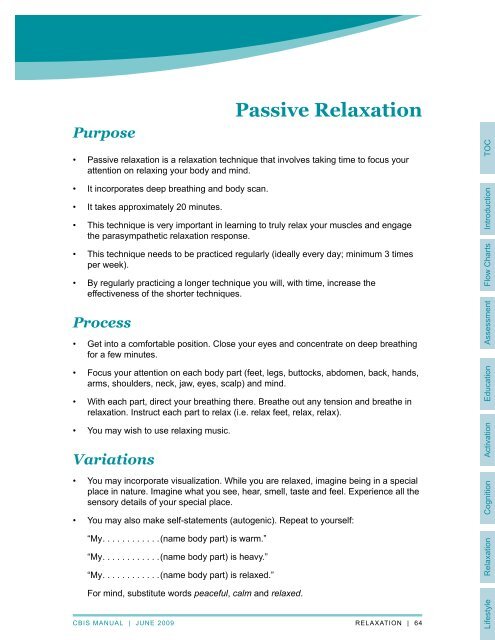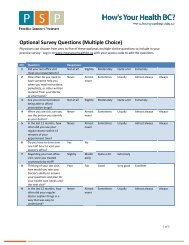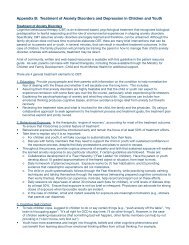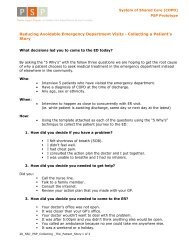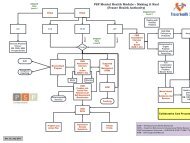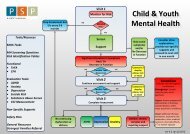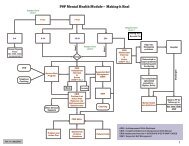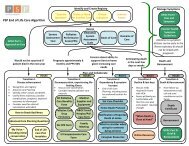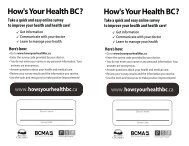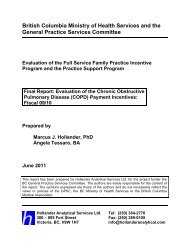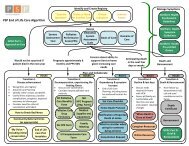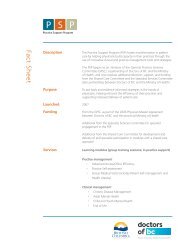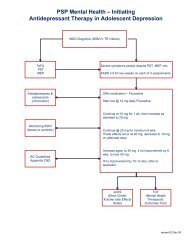cognitive behavioural interpersonal skills manual - GPSC
cognitive behavioural interpersonal skills manual - GPSC
cognitive behavioural interpersonal skills manual - GPSC
- No tags were found...
You also want an ePaper? Increase the reach of your titles
YUMPU automatically turns print PDFs into web optimized ePapers that Google loves.
PurposePassive Relaxation• Passive relaxation is a relaxation technique that involves taking time to focus yourattention on relaxing your body and mind.• It incorporates deep breathing and body scan.• It takes approximately 20 minutes.• This technique is very important in learning to truly relax your muscles and engagethe parasympathetic relaxation response.• This technique needs to be practiced regularly (ideally every day; minimum 3 timesper week).• By regularly practicing a longer technique you will, with time, increase theeffectiveness of the shorter techniques.Process• Get into a comfortable position. Close your eyes and concentrate on deep breathingfor a few minutes.• Focus your attention on each body part (feet, legs, buttocks, abdomen, back, hands,arms, shoulders, neck, jaw, eyes, scalp) and mind.• With each part, direct your breathing there. Breathe out any tension and breathe inrelaxation. Instruct each part to relax (i.e. relax feet, relax, relax).• You may wish to use relaxing music.Variations• You may incorporate visualization. While you are relaxed, imagine being in a specialplace in nature. Imagine what you see, hear, smell, taste and feel. Experience all thesensory details of your special place.• You may also make self-statements (autogenic). Repeat to yourself:“My. . . . . . . . . . . .(name body part) is warm.”“My. . . . . . . . . . . .(name body part) is heavy.”“My. . . . . . . . . . . .(name body part) is relaxed.”For mind, substitute words peaceful, calm and relaxed.CBIS Manual | JunE 2009relaxATion | 64


